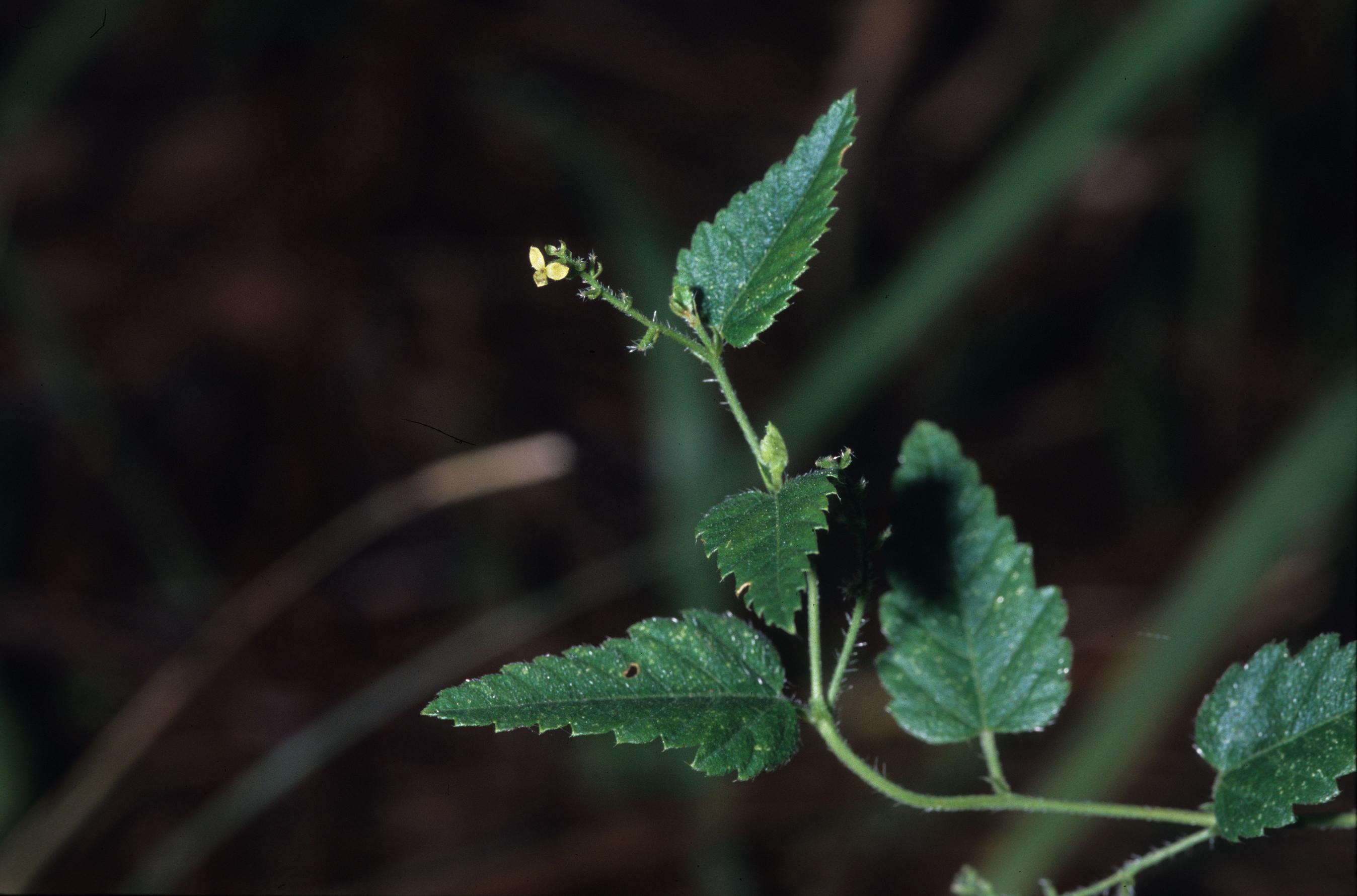Difference between revisions of "Tragia urticifolia"
(→Conservation and Management) |
Krobertson (talk | contribs) |
||
| Line 29: | Line 29: | ||
==Ecology== | ==Ecology== | ||
===Habitat=== <!--Natural communities, human disturbed habitats, topography, hydrology, soils, light, fire regime requirements for removal of competition, etc.--> | ===Habitat=== <!--Natural communities, human disturbed habitats, topography, hydrology, soils, light, fire regime requirements for removal of competition, etc.--> | ||
| − | In the Coastal Plain in Florida and Georgia, ''T. urticifolia'' can be found in limestone glades, recently burned pine-oak woods, longleaf pine forests, and in pine savannas | + | In the Coastal Plain in Florida and Georgia, ''T. urticifolia'' can be found in limestone glades, recently burned pine-oak woods, longleaf pine forests, and in pine savannas. <ref name="FSU Herbarium">Florida State University Robert K. Godfrey Herbarium database. URL: [http://herbarium.bio.fsu.edu http://herbarium.bio.fsu.edu]. Last accessed: July 2015. Collectors: Ann F. Johnson, Wilson Baker, R. A. Norris, Andre F. Clewell, Robert K. Godfrey, Loran C. Anderson, Annie Schmidt, A. Johnson, M. Jenkins. States and Counties: Florida: Gadsden, Jackson, Leon, Washington. Georgia: Decatur, Lowndes, Thomas. Compiled by Tall Timbers Research Station and Land Conservancy.</ref> It has been recorded to grow in sandy loam and clay loam soils. <ref name="FSU Herbarium"/> <ref name="Miller"> Miller, J. H., R. S. Boyd, et al. (1999). "Floristic diversity, stand structure, and composition 11 years after herbicide site preparation." Canadian Journal of Forest Research 29: 1073-1083. </ref> Associated species include shortleaf pine, red oak, post oak, mockernut hickory, and longleaf pine. <ref name="FSU Herbarium"/> |
===Phenology=== <!--Timing off flowering, fruiting, seed dispersal, and environmental triggers. Cite PanFlora website if appropriate: http://www.gilnelson.com/PanFlora/ --> | ===Phenology=== <!--Timing off flowering, fruiting, seed dispersal, and environmental triggers. Cite PanFlora website if appropriate: http://www.gilnelson.com/PanFlora/ --> | ||
| − | Flowering and fruiting have been observed June and September | + | Flowering and fruiting have been observed June and September. <ref name="FSU Herbarium"/> |
===Seed dispersal=== | ===Seed dispersal=== | ||
| Line 49: | Line 49: | ||
==References and notes== | ==References and notes== | ||
| − | |||
Revision as of 13:48, 9 August 2016
| Tragia urticifolia | |
|---|---|

| |
| Photo was taken by Gil Nelson | |
| Scientific classification | |
| Kingdom: | Plantae |
| Division: | Magnoliophyta – Flowering plants |
| Class: | Magnoliopsida – Dicotyledons |
| Order: | Euphorbiales |
| Family: | Euphorbiaceae |
| Genus: | Tragia |
| Species: | T. urticifolia |
| Binomial name | |
| Tragia urticifolia Michx. | |

| |
| Natural range of Tragia urticifolia from USDA NRCS Plants Database. | |
Common name: nettleleaf noseburn
Contents
[hide]Taxonomic notes
Description
"Monoecious, perennial, rhizomatous herbs, armed with stinging trichomes. Leaves alternate, stipulate. Racemes axillary or terminal, or both, lowest 1 or 2 flowers pistillate, the upper staminate. Flowers greenish or purplish; petals absent; staminate flowers with 3-5 sepals and 2 or 3 stamens; pistillate with 3-8 sepals and 3 stigmas. Capsule 3-locular, 4-5 mm long, 7-8 mm in diam., each locule 1-seeded. Seeds light brown with darker mottling, or entirely dark brown, ovoid, 3-3.5 mm long; caruncle obsolete." [1]
"Plants 2-6 dm tall, stems strict or little branched, often reclining. Leaves triangular-ovate, 2-6 cm long, 0.7-4 cm wide, simply or doubly serrate, base truncate to subcordate; petioles 5-15 mm long. Racemes 1-4 cm long." [1]
Distribution
Ecology
Habitat
In the Coastal Plain in Florida and Georgia, T. urticifolia can be found in limestone glades, recently burned pine-oak woods, longleaf pine forests, and in pine savannas. [2] It has been recorded to grow in sandy loam and clay loam soils. [2] [3] Associated species include shortleaf pine, red oak, post oak, mockernut hickory, and longleaf pine. [2]
Phenology
Flowering and fruiting have been observed June and September. [2]
Seed dispersal
According to Kay Kirkman, a plant ecologist, this species disperses by explosion mechanisms or by ants. [4]
Conservation and management
Cultivation and restoration
Photo Gallery
References and notes
- ↑ Jump up to: 1.0 1.1 Radford, Albert E., Harry E. Ahles, and C. Ritchie Bell. Manual of the Vascular Flora of the Carolinas. 1964, 1968. The University of North Carolina Press. 665. Print.
- ↑ Jump up to: 2.0 2.1 2.2 2.3 Florida State University Robert K. Godfrey Herbarium database. URL: http://herbarium.bio.fsu.edu. Last accessed: July 2015. Collectors: Ann F. Johnson, Wilson Baker, R. A. Norris, Andre F. Clewell, Robert K. Godfrey, Loran C. Anderson, Annie Schmidt, A. Johnson, M. Jenkins. States and Counties: Florida: Gadsden, Jackson, Leon, Washington. Georgia: Decatur, Lowndes, Thomas. Compiled by Tall Timbers Research Station and Land Conservancy.
- Jump up ↑ Miller, J. H., R. S. Boyd, et al. (1999). "Floristic diversity, stand structure, and composition 11 years after herbicide site preparation." Canadian Journal of Forest Research 29: 1073-1083.
- Jump up ↑ Kay Kirkman, unpublished data, 2015.